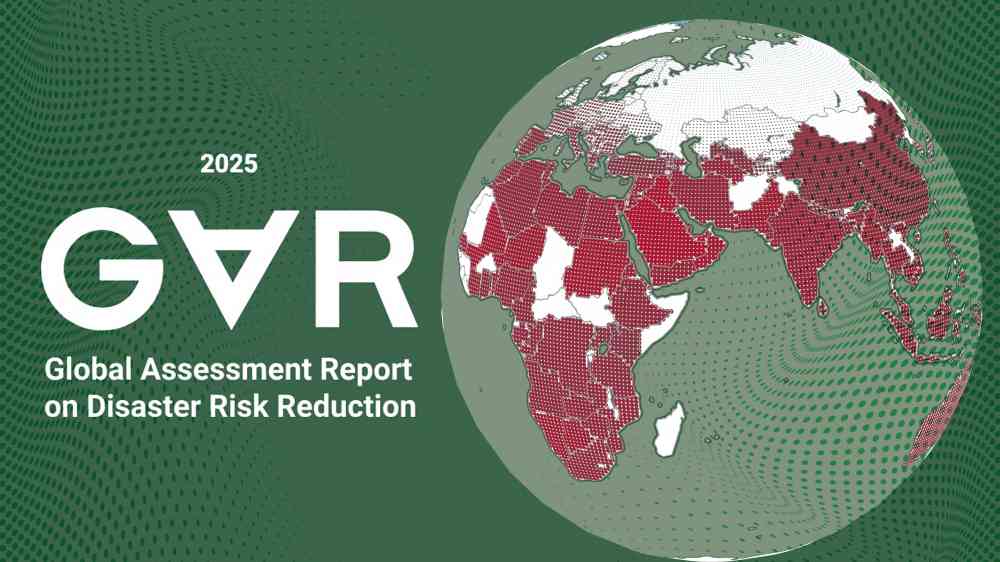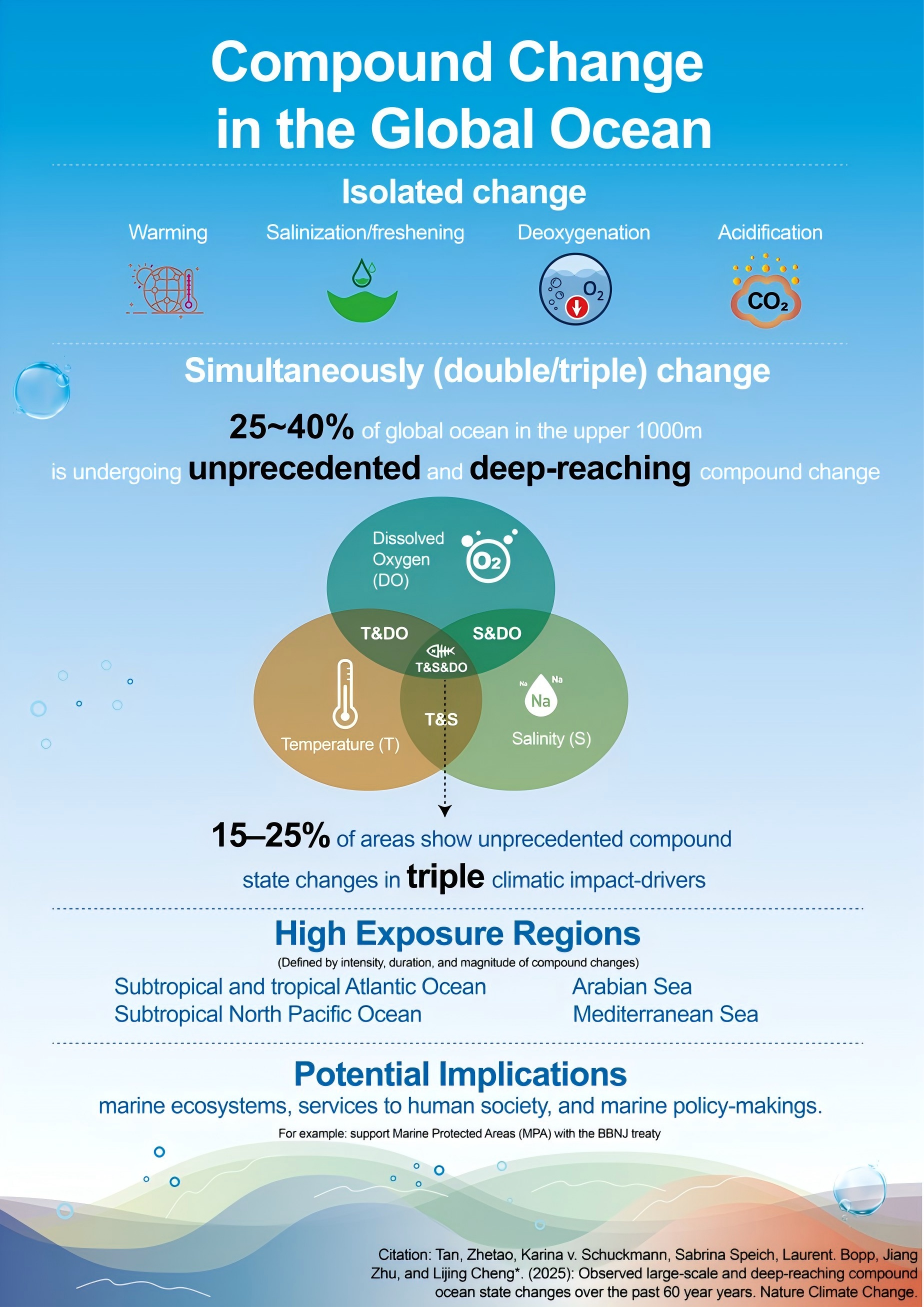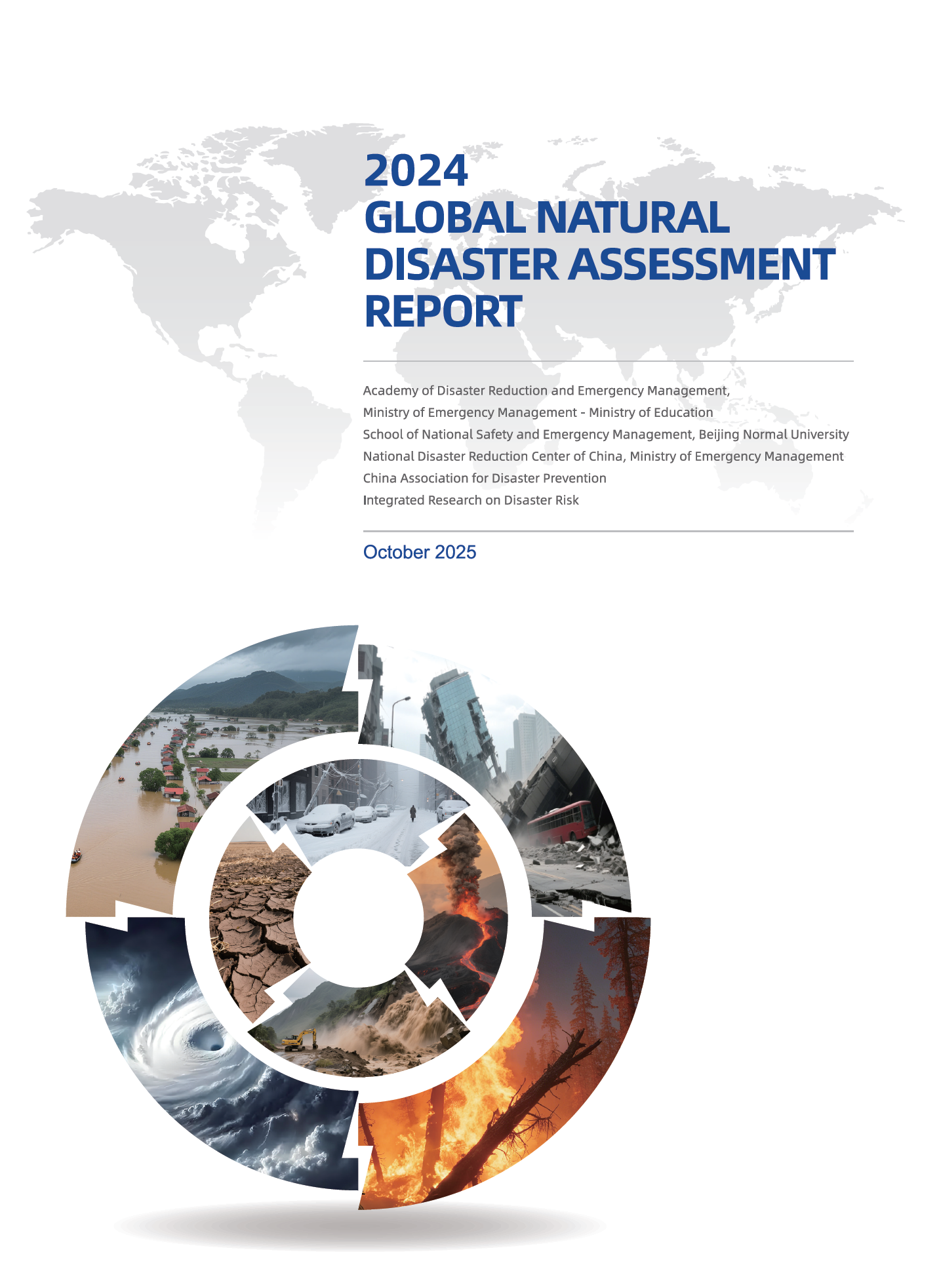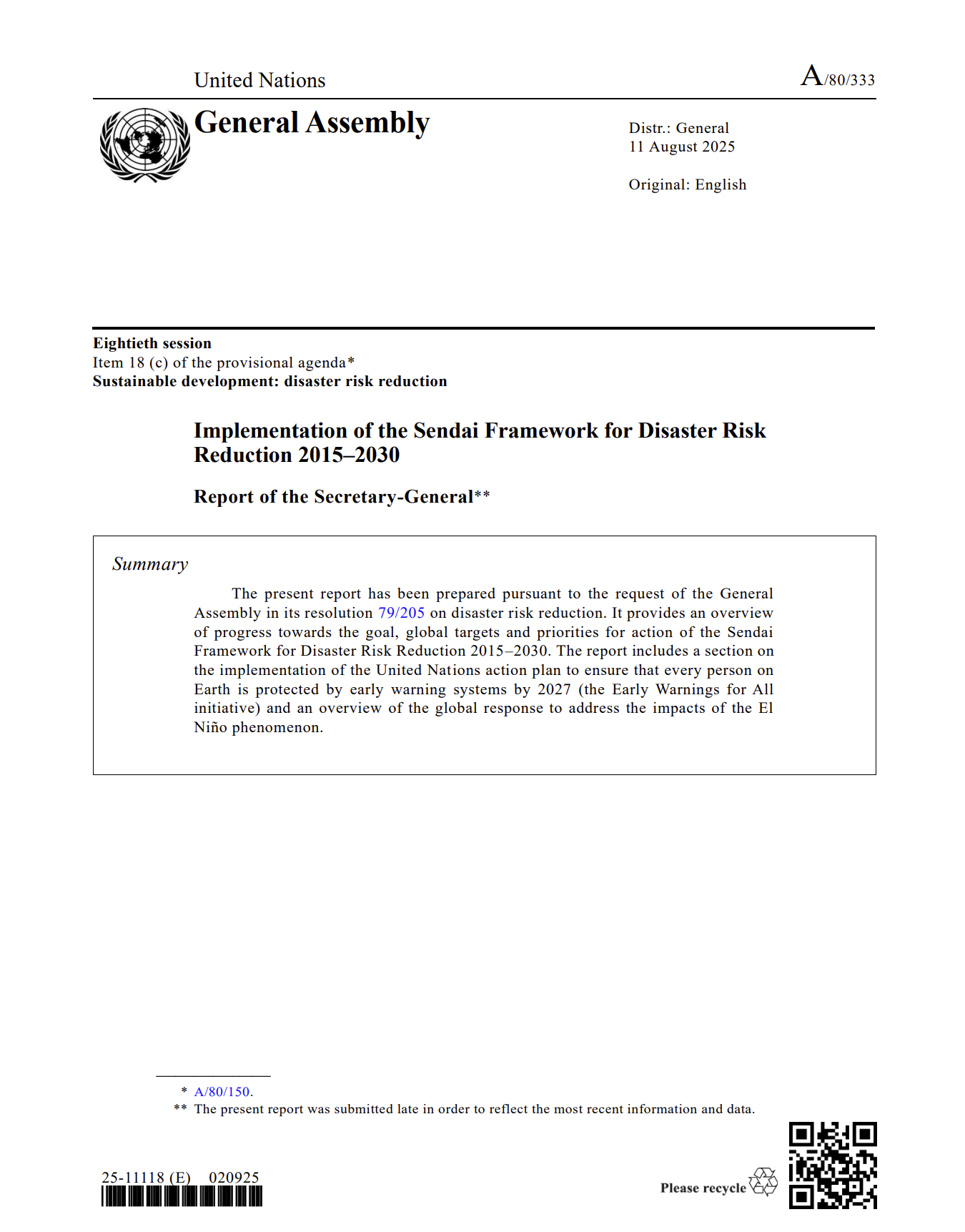Published by the United Nations Office for Disaster Risk Reduction (UNDRR), the GAR 2025 report titled "Resilience Pays: Financing and Investing for our Future," outlines how aligning investments with risk realities can break spirals of debt, uninsurability, and increasing humanitarian needs.
"This year's Global Assessment Report on Disaster Risk Reduction examines the risks posed by disasters from now to 2050 and presents an indisputable case for action. It shows the eye-watering losses inflicted by disasters today, which hit vulnerable people the hardest. And it demonstrates that, on our current trajectory, costs will continue to mount as the climate crisis worsens. But it also illustrates that, by boosting and sustaining investment in disaster risk reduction and prevention, we can slow that trend and reap economic benefits - saving lives and livelihoods while driving growth and prosperity, to help reach our Sustainable Development Goals," wrote António Guterres, the UN Secretary-General, in his foreword welcoming the report.
The report outlines how the effects of increasing disaster costs are already being felt around the globe, from the emergence of areas deemed too risky for insurance companies to cover, to growing national debts, and recurring humanitarian crises.
IRDR Community contributed to the GAR2025 by providing advisory and case studies. Specially:
Advisory Board:
Nesreen Alhmoud, IRDR Fellow, Former IRDR Scientific Committee Member
Haruo Hayashi, IRDR Fellow, Former IRDR Scientific Committee Member
Allan Lavell, Former IRDR Scientific Committee Member, Former Chair of IRDR Working Group on FORIN
Shuaib Lwasa, Former Chair of IRDR Scientific Committee
Saini Yang, IRDR Executive Director
Case Study Authors:
Kaoru Takara, IRDR Scientific Committee Member, IRDR ICoE Coherence
Suman Chapagain, IRDR Young Scientists, IRDR ICoE NSET
Download the report:https://www.undrr.org/gar/gar2025






